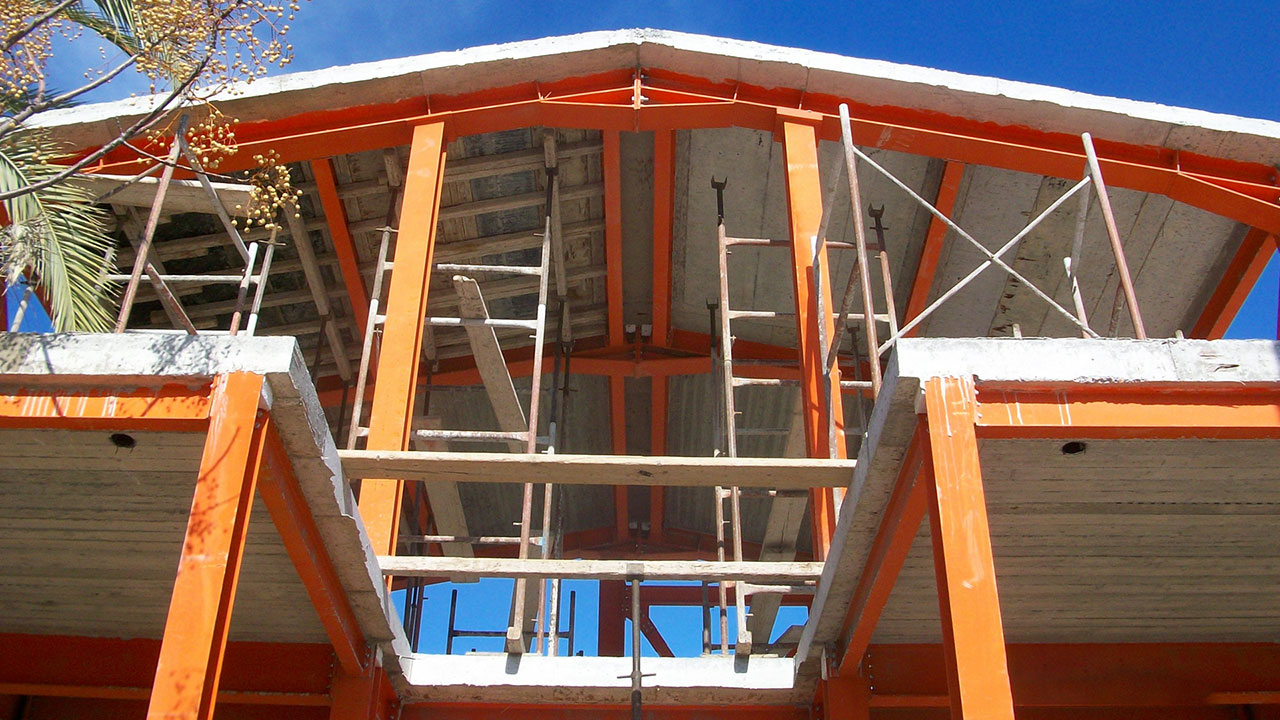We are often asked by our clients about the advantages of composite construction over prefabricated houses.
In this article, we include some necessary information and compare the two house-building methods, to help you better understand their main differences and choose the one that best meets your needs.
What these two construction methods have in common is that their building parts come from factory production. Other than that, they are very different.
A fundamental difference between prefab houses and composite construction houses is that the latter are offered for architectural freedom and high-rise buildings. Here is some more detailed information.
Why choose composite construction over prefabricated houses
One of the main reasons to choose composite construction over prefabricated houses is the flexibility in architectural design. Prefab homes have a specific layout and number of rooms. This means that it is more difficult to have a house exactly as you imagined it. On the contrary, composite construction allows customized architectural designs, according to your own needs and preferences.
In addition, composite construction with a steel frame is superior to prefabricated houses due to the fact that it allows large openings without intermediate supports. This automatically translates into greater flexibility in terms of the overall design of the building. On the contrary, prefab homes have predetermined sizes, manufactured off-site in advance, usually with standard sections.
What are the differences between composite construction houses and prefabricated homes?
One of the main differences between composite construction and prefabricated homes is the number of floors. A prefab house can’t have more than three floors. On the contrary, the metal building system is widely used in the construction of high-rise buildings and skyscrapers.
Even if you want to build a house with less than 3 storeys, composite construction is offered for floor additions that may be needed in the future, something that’s not possible in a prefabricated home.
What are the advantages of composite construction over prefab houses?
In addition to the advantages mentioned above, i.e. flexibility in architectural design and multi-storey buildings, composite construction offers even more advantages compared to prefab houses. Because it makes lightweight structures, it’s ideal for floor additions to existing buildings, something that’s impossible with prefabricated options. In most cases of height extensions with a composite building system, no strengthening of the existing structure is required, due to the low weight of the metal frame and infill walls (YTONG masonry, dry construction, etc.)
A second key advantage is their optimal earthquake resistance. While prefab houses can easily present cracks and openings, especially after an earthquake, this is not the case with composite construction buildings. Here, any kind of earthquake damage, like the replacement of structural components (Metal column-Metal beam, etc.), is quick and easy to repair, while in prefabricated constructions such damage restoration is often irreparable.
What are the disadvantages of prefabricated houses?
One of the main disadvantages of prefabricated houses, resulting from their very construction, is that they are more fragile structures, especially in their building joints, something which makes a major cause for future cracks. This does not mean that prefab houses are not earthquake resistant. They are all tested individually and can effectively resist seismic vibrations, but they are more prone to cracks.
Another disadvantage, as mentioned above, is their limitation in building height and design. In fact, the majority of companies dealing with the construction of prefabs provide up to two floors. There are only a few manufacturers in this industry that offer the possibility for a three-storey building.
It’s evident that composite construction is significantly better than prefab houses, with several major advantages for a homeowner.
Even though the low cost of a prefabricated house may seem quite tempting, one has to consider all the present and future disadvantages. Also, in case you consider taking a housing loan, keep in mind that banks often cooperate with specific prefab manufacturers which may not meet your requirements.
If you still have questions on why choose composite construction over prefabricated homes, we will be more than happy to give you further details. All you need to do is contact us.

